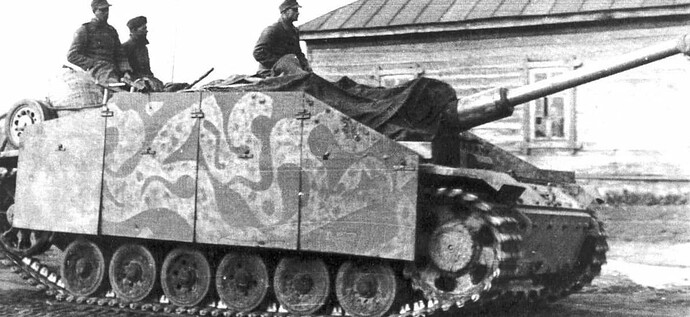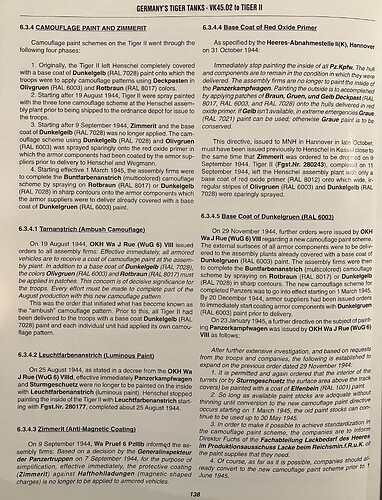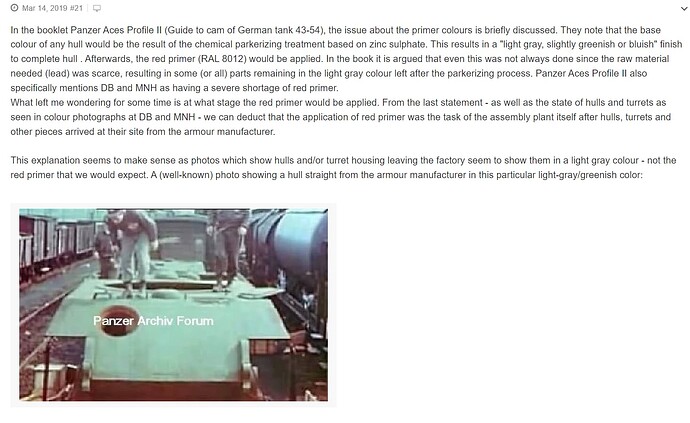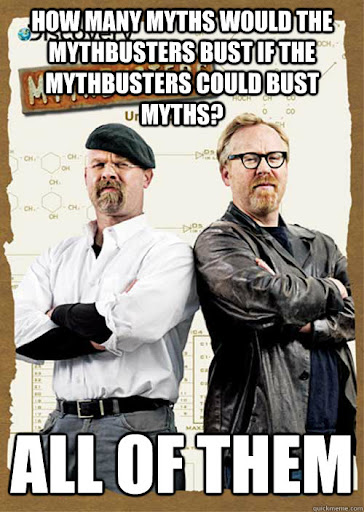‘Tis hopeless, I am afraid.
This all reminds me of when I was on Facebook and someone posted a wildly inaccurate assertion about this state’s history, presented as a largely unknown fun fact.
It was met with all the “ooh’s” and “ahh’s” you might expect. And it was repeated by others.
Me, being the usually nice guy that I am, rather than disprove this canard publicly, I messaged her with the actual facts.
As we have come to expect, this was met with a torrent of replies about the always unnamed “sources,” each reply doubling down further.
I was told she examined documents in a nearby town, but was unable to tell me where in this town, a name of who permitted her to see these heretofore unseen documents, other than it was “a lady with black hair” or anything else. Was it at a library? Where? I was never told.
So, it was all rather vague as to the actual sources, but rather specific as to the historical fiction with which she regaled her rapt Facebook audience.
The point of this is, this is how this stuff starts.
Misinterpret one German word and despite the later public correction, it grows into something like:
During Operation Highjump in 1947, Admiral Byrd singlehandedly disabled four red Panther IIs with a single LAW.
These Panther IIs were initially to be shipped on Andromeda Vril atomic haulers to their Mars colony, hence the red camouflage, but instead were transferred to Neuschwabenland in anticipation of the Allied landings.
Okay, that’s some reductio ad absurdum for sure, but you get my point. Extraordinary claims require extraordinary evidence






